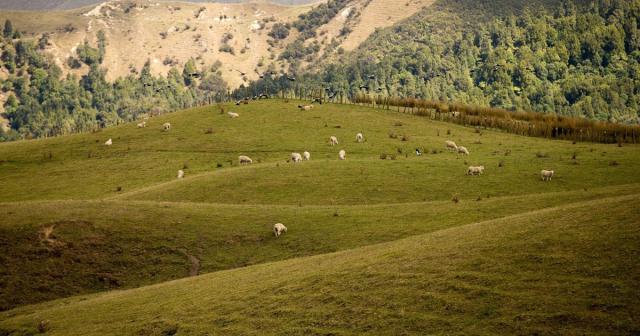The strategic application of nitrogen four to six weeks before lambing or calving can significantly lift pasture production to help meet increased feed demand from lactating ewes and cows.

Low soil temperatures in late winter and early spring will limit both pasture growth and the mineralisation of soil nitrogen (N), but pastures will respond to applied N, particularly on north facing slopes.
Information generated through the Hill Country Futures research programme (funded by Beef + Lamb New Zealand, MBIE, RAGT New Zealand and PGG Wrightson Seeds) recommends that an application of 30-50 kg N/ha is sufficient to increase early spring feed supply.
For the greatest impact, N should be applied to pasture on north aspects in late winter or early spring. These blocks can then be used for lambing multiple-bearing ewes.
Products such as Sustain or N-Protect could be used if 5-10mm of rain is unlikely to fall within 24 hours of application. This helps minimise losses through volatilization.
In ryegrass dominant pastures, the most effective response will come from an application of sulphate-super in conjunction with the N. Where phosphorus is also lacking, a fertiliser such as di-ammonium phosphate is also recommended.
Pasture responses to N will be greater is the residual pasture cover is at least 1200 kg DM/ha.
The pasture production response to N in hill country varies depending on the time of year, aspect and slope.
Defined urine patches are an obvious indicator of N deficiency.
Legumes supply nitrogen to the soil, but in areas where these are lacking, there will be a greater pasture response to applied N. This will be particularly apparent in summer dry environments where management has not been focused on increasing the content of winter annual subterranean clover in the sward.
Find out more
For more information, see our factsheet:
- HCF: nitrogen fertiliser use (PDF, 253 KB)